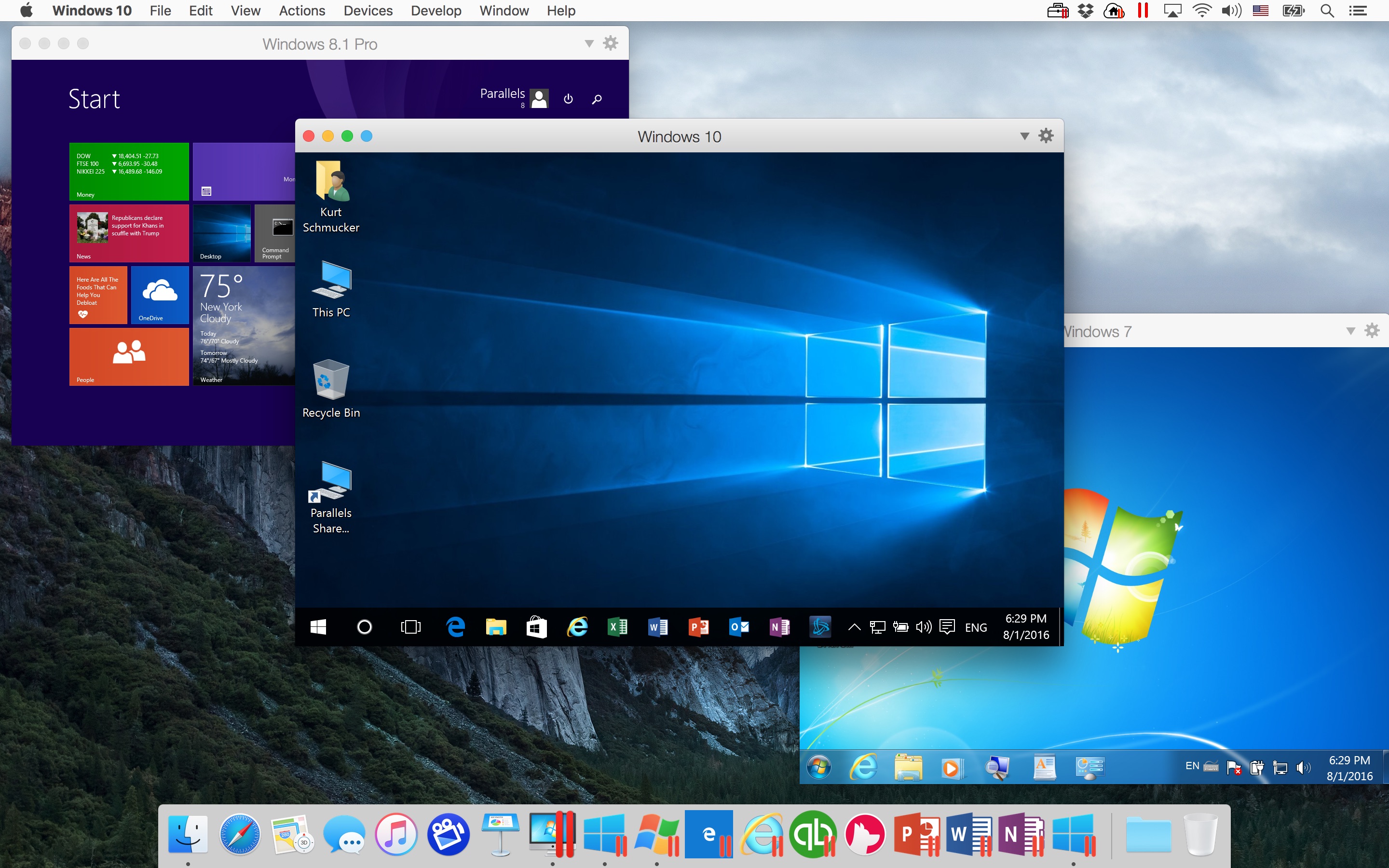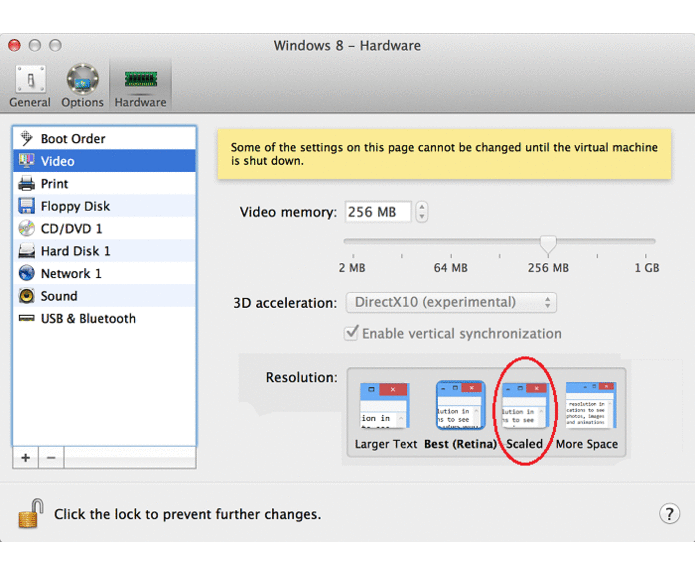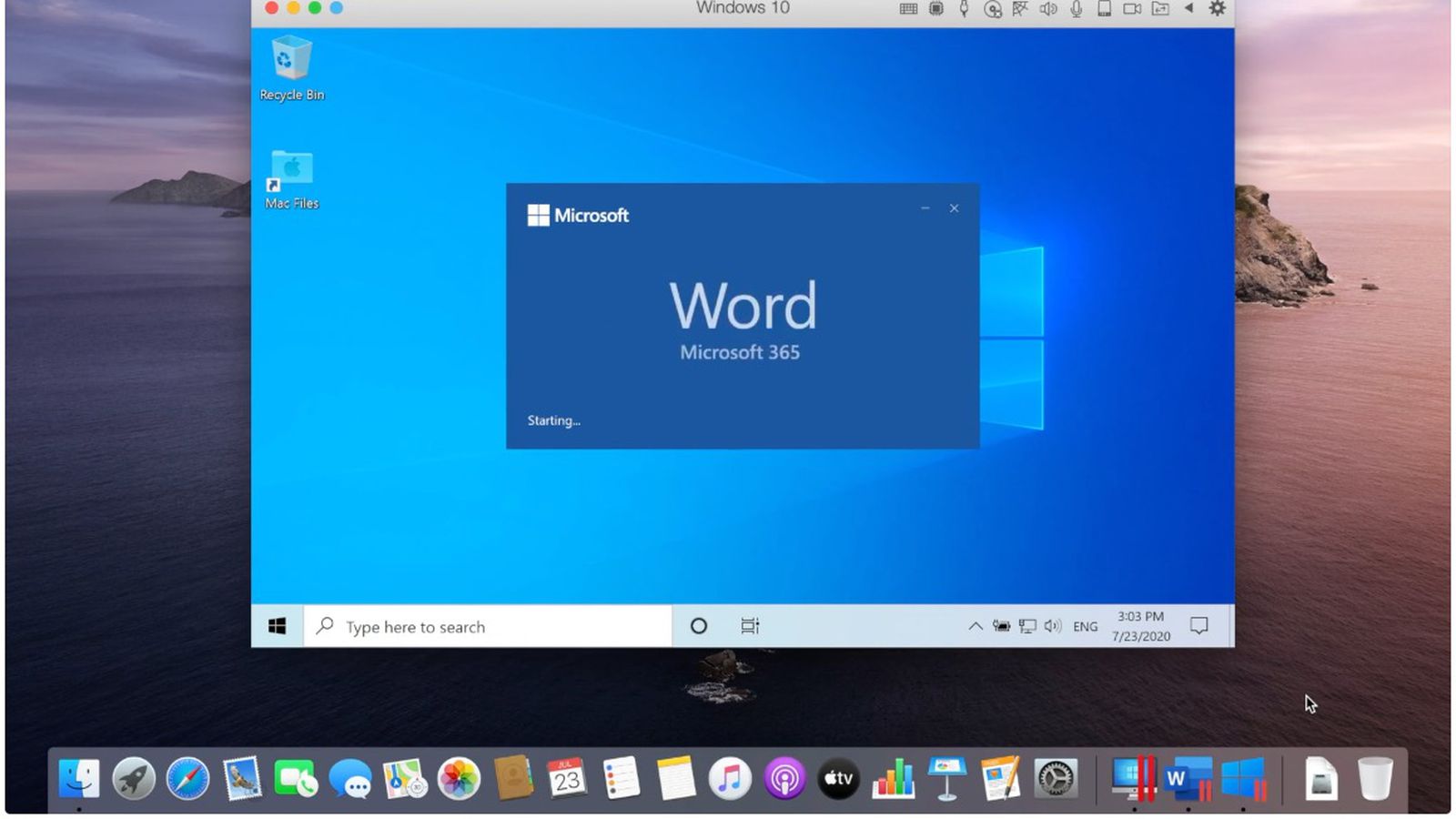

Intel HD 4000 or AMD Radeon HD 4200) and restart.

Press and hold the shift key while clicking on

Originally posted by Annihlator:Parallels can't always simulate all hardware layers, this is the problem you're running into right now. I hope this gives some insight to the source of your issue :) This is however not only for parallels, A lot of hypervisors (full-fledged VM software) have difficulity accurately interpreting SSE-instruction sets. Hence we can also simplify the issue by claiming Parallels cannot fully support DirectX12. SSE4.1 is also a requirement for "full DirectX12". No man's sky requires SSE4.1 and this is currently NOT supported by parallels. The dumbed-down reason/explanation: Parallels can't fully simulate DX11 nor DX12, more-specifically: Over the years Parallels has been known to be able to virtualize a great deal of windows-platform applications, but time-and again has had trouble implementing virtualisation on the part of SSE-requirements. It's easier to keep in mind one wants to run osx on a regular pc then the other way around. I'm affraid the only actual workaround would be an alternative OS to boot (a full-fledged windows using, per example, bootcamp), or a more capable computer for gaming (compatibility wise.

Parallels can't always simulate all hardware layers, this is the problem you're running into right now.


 0 kommentar(er)
0 kommentar(er)
